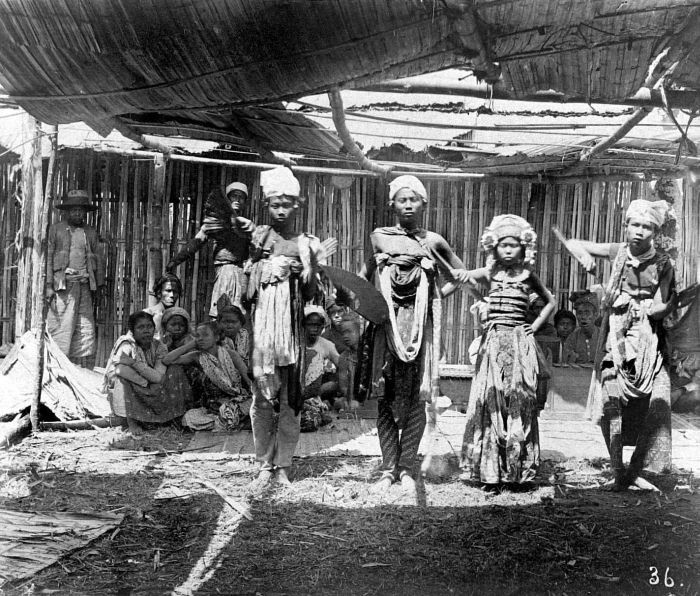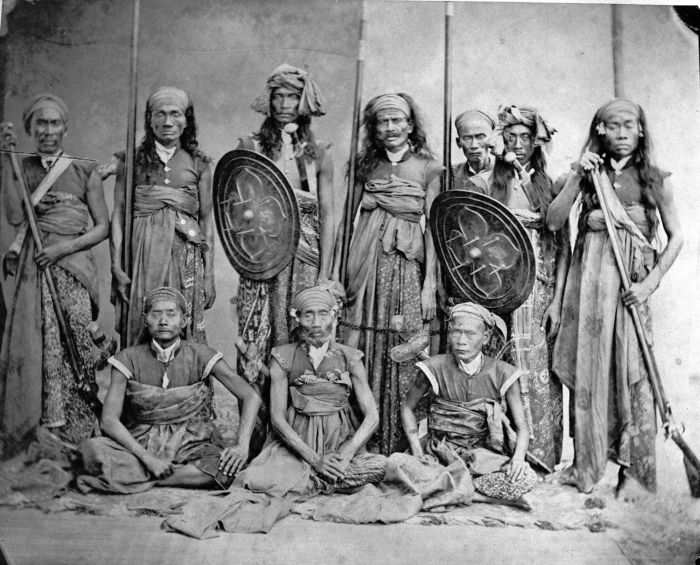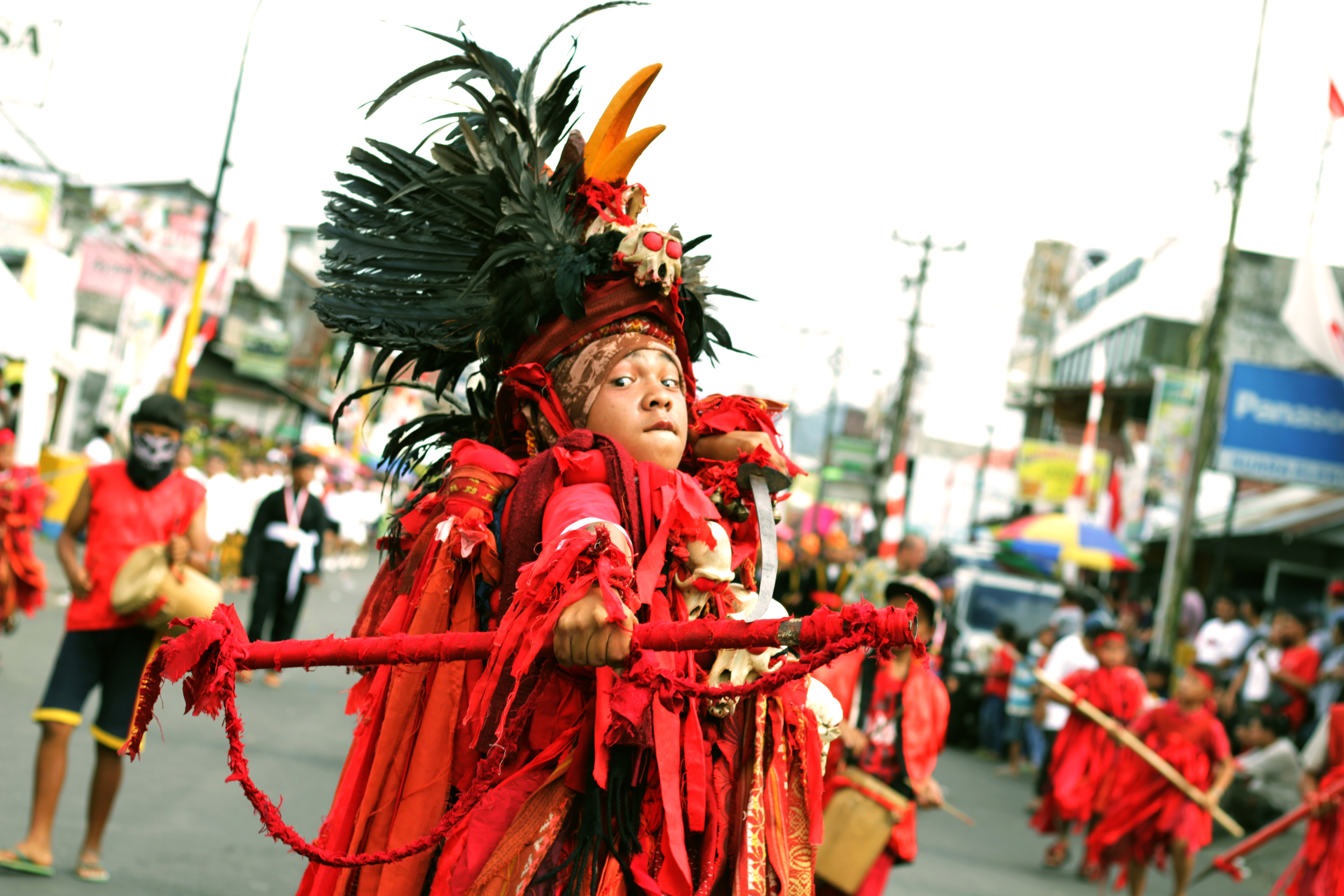|
Rudat Dance
''Rudat'' dance is a traditional dance of Sasak people in Lombok, West Nusa Tenggara, originated from Indonesia. This dance demonstrates martial art movements. ''Rudat'' dance might be performed by a group costumed and dressed up like (warrior) with a . ''Rudat'' dance is usually performed as a ceremonial welcoming dance to honor the guests and elders to a traditional ceremony. See also * Dance in Indonesia * Kabasaran * Kecak * Zapin , image = Zapin.jpg , image_size = , caption = Schoolchildren performing Zapin in Batu Pahat, Johor. , genre = , signature = , instruments = Gambus, Gendang, Marawis, Rebana , inventor ... References {{Dance of Indonesia Dances of Indonesia ... [...More Info...] [...Related Items...] OR: [Wikipedia] [Google] [Baidu] |
Sasak People
The Sasak people live mainly on the island of Lombok, Indonesia, numbering around 3.6 million (85% of Lombok's population). They are related to the Balinese people, Balinese in language and ancestry, although the Sasak are predominantly Muslim while the Balinese are predominantly Hindu. Sasak people who practice pre-Islamic beliefs are also known as Sasak Boda in reference to the name of the Sasak people's original religion, Bodha. Etymology There is a possibility that the origin of the name ''Sasak'' came from the word ''sak-sak'', which means "boat". In the Nagarakretagama, the word ''Sasak'' is mentioned together as one with Lombok Island, namely ''Lombok Sasak Mirah Adhi''. According to local tradition, it is believed that the word ''Sasak'' came from ''sa'-saq'' which means "the one". Followed by the word ''Lombok'' which originates from the word ''Lomboq'', meaning "straight". Hence by combining the words together ''Sa'-saq Lombok'', it means "something that's straight". ... [...More Info...] [...Related Items...] OR: [Wikipedia] [Google] [Baidu] |
Indonesia
Indonesia, officially the Republic of Indonesia, is a country in Southeast Asia and Oceania between the Indian and Pacific oceans. It consists of over 17,000 islands, including Sumatra, Java, Sulawesi, and parts of Borneo and New Guinea. Indonesia is the world's largest archipelagic state and the 14th-largest country by area, at . With over 275 million people, Indonesia is the world's fourth-most populous country and the most populous Muslim-majority country. Java, the world's most populous island, is home to more than half of the country's population. Indonesia is a presidential republic with an elected legislature. It has 38 provinces, of which nine have special status. The country's capital, Jakarta, is the world's second-most populous urban area. Indonesia shares land borders with Papua New Guinea, East Timor, and the eastern part of Malaysia, as well as maritime borders with Singapore, Vietnam, Thailand, the Philippines, Australia, Palau, and India ... [...More Info...] [...Related Items...] OR: [Wikipedia] [Google] [Baidu] |
Dance In Indonesia
Dance in Indonesia ( id, Tarian Indonesia) reflects the country's diversity of ethnicities and cultures. There are more than 1,300 ethnic groups in Indonesia. Austronesian roots and Melanesian tribal forms are visible, and influences ranging from neighboring Asian and even western styles through colonization. Each ethnic group has its own dances: there are more than 3,000 original dance forms in Indonesia. The old traditions of dance and drama are being preserved in the many dance schools which flourish not only in the courts but also in the modern, government-run or supervised art academies. For classification purposes, the dances of Indonesia can be divided according to several aspects. In the historical aspect it can be divided into three eras; the prehistoric-tribal era, the Hindu-Buddhist era, and the era of Islam. According to its patrons, it can be divided into two genres; court dance and folk dance. In its tradition, Indonesian dances can be divided into two types; t ... [...More Info...] [...Related Items...] OR: [Wikipedia] [Google] [Baidu] |
Lombok
Lombok is an island in West Nusa Tenggara province, Indonesia. It forms part of the chain of the Lesser Sunda Islands, with the Lombok Strait separating it from Bali to the west and the Alas Strait between it and Sumbawa to the east. It is roughly circular, with a "tail" ( Sekotong Peninsula) to the southwest, about across and a total area of about including smaller offshore islands. The provincial capital and largest city on the island is Mataram. Orang Lombok is some what similar in size and density, and shares some cultural heritage with the neighboring island of Bali to the west. However, it is administratively part of West Nusa Tenggara, along with the larger and more sparsely populated island of Sumbawa to the east. Lombok is surrounded by a number of smaller islands locally called Gili. The island was home to some 3,168,692 Indonesians as recorded in the decennial 2010 censusBiro Pusat Statistik, Jakarta, 2011. and 3,758,631 in the 2020 Census;Badan Pusat Statistik, ... [...More Info...] [...Related Items...] OR: [Wikipedia] [Google] [Baidu] |
West Nusa Tenggara
West Nusa Tenggara ( id, Nusa Tenggara Barat – NTB) is a province of Indonesia. It comprises the western portion of the Lesser Sunda Islands, with the exception of Bali which is its own province. Mataram, on Lombok, is the capital and largest city of the province. The 2010 census recorded the population at 4,500,212; the total rose to 4,830,118 at the 2015 census and 5,320,092 at the 2020 census;Badan Pusat Statistik, Jakarta, 2021. the official estimate as at mid 2021 was 5,390,000. The province's area is 20,153.15 km2. The two largest islands by far in the province are Lombok in the west and the larger Sumbawa island in the east. History Pre-Islamic period Based on analysis of prehistoric objects found (such as complex sarcophagi, decorated stoneware, machetes, and axes), West Nusa Tenggara had previously been inhabited by people who come from Southeast Asia. The natives in this region are called the Sasak people, most of whom live on the island of Lombok. Meanwhile ... [...More Info...] [...Related Items...] OR: [Wikipedia] [Google] [Baidu] |
Songkok
The songkok or peci or kopiah is a cap widely worn in Brunei, Indonesia, Malaysia, Singapore, the southern Philippines, and southern Thailand, most commonly among Muslim males. It has the shape of a truncated cone, usually made of black or embroidered felt, cotton or velvet. It is also worn by males in formal occasions such as weddings and funerals or festive occasions such as the Eid ul-Fitr and Eid al-Adha holidays. In Indonesia, the peci is also associated with the nationalist movement. Names It is called "songkok" in Sumatra and the Malay Peninsula. While in Java, it is called "kopiah" or "kopeah". It is also known widely in Indonesia as "peci", although peci has a more ellipse shape and sometimes decorated. Origin Kopiah (kupiah) is recorded as being used by Majapahit elite troops (''Bhayangkara''), recorded in the ''Hikayat Banjar'', written in or not long after 1663. Kopiah is recorded in Pigafetta's Italian-Malay vocabulary of 1521 (published 1524) as ''cophia''. Kup ... [...More Info...] [...Related Items...] OR: [Wikipedia] [Google] [Baidu] |
Kabasaran
''Kabasaran'' is a traditional Minahasan martial art and war dance from North Sulawesi in Indonesia. It is performed by several men clad in red costumes, wielding a sword with a shield or a spear. The dancers are called , which implies imitating like a pair of fighter cocks. the word is derived from . The dancers work daily as farmers and guards of the Minahasan villages, but serve as (warriors) if the village is attacked. According to Minahasan custom, the weapons and status of is hereditary. The dance is performed exclusively by men of lineage. In general, the basic structure of the dance consists of nine movements () using the sword () or spear (), also the stance moves which consists of two steps to the left, and two steps to the right. The dance is accompanied by percussion instruments such as gongs, drums, or kolintang called . Gallery KABASARAN MENADO.jpg, Traditional clothes worn by kabasaran dancers Pertunjukan Tarian Kabasaran.jpg, Kabasaran dancers use traditi ... [...More Info...] [...Related Items...] OR: [Wikipedia] [Google] [Baidu] |
Kecak
''Kecak'' (pronounced ("kechak"), alternate spellings: ''kechak'' and ''ketjak''), known in Indonesian as ''tari kecakilolahhe'', is a form of Balinese Hindu dance and music drama that was developed in the 1930s in Bali, Indonesia. Since its creation, it has been performed primarily by men, with the first women's ''kecak'' group having started in 2006. The dance is based on the story of the ''Ramayana'' and is traditionally performed in temples and villages across Bali. Also known as the Ramayana monkey chant, the dance is performed by a circle of as many as 150 performers wearing checked cloths around their waists, percussively chanting "''chak''" and moving their hands and arms. The performance depicts a battle from the ''Ramayana'', in which the monkey-like Vanaras, led by Hanuman, help Prince Rama fight the evil King Ravana. ''Kecak'' has roots in ''sanghyang,'' a trance-inducing exorcism dance. History ''Kecak'' was originally a trance ritual accompanied by a male chor ... [...More Info...] [...Related Items...] OR: [Wikipedia] [Google] [Baidu] |
Zapin
, image = Zapin.jpg , image_size = , caption = Schoolchildren performing Zapin in Batu Pahat, Johor. , genre = , signature = , instruments = Gambus, Gendang, Marawis, Rebana , inventor = Persian, Arabs, Malays , origin = Hadramaut, Yemen.Malay World ''Zapin'' ( Jawi: زافين) is one of the most popular dance and musical forms in traditional Malay performing arts. Dance movements are choreographed to melodies which are performed using musical instruments such as the gambus (short-necked lute), accordion and rebana. It is believed to have been introduced by Persian and Arab Muslim missionaries from the Middle East to Malay Archipelago around the fourteenth century where back then only males were allowed to perform; nowadays, female dancers are included. It used to be performed exclusively for religious ceremonies but through the years it has become a form of traditional entertainment, hence the par ... [...More Info...] [...Related Items...] OR: [Wikipedia] [Google] [Baidu] |

.jpg)




